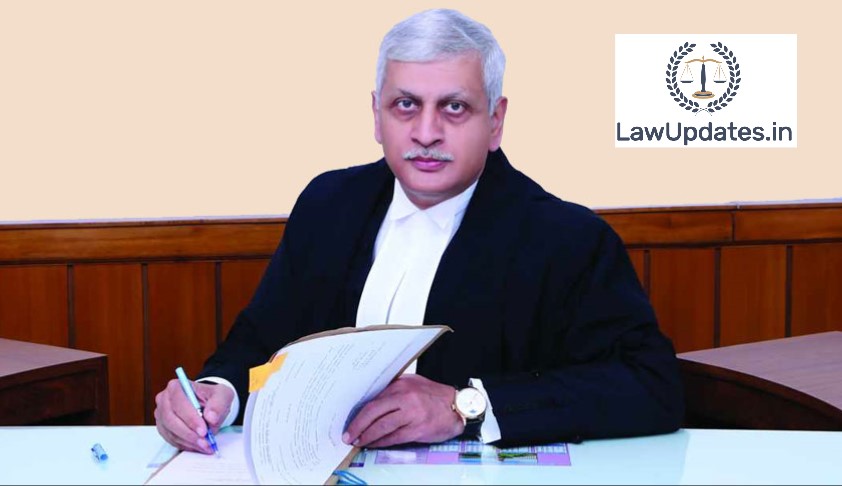The Supreme Court’s Collegium is set to get Justice U U Lalit as its new member with effect from July 20 following the retirement of Justice R Banumathi on July 19. Justice Lalit is the fifth in seniority among the judges of the Supreme Court.
Justice Lalit who was elevated from the Bar on August 13, 2014, will continue to be in the Collegium till his retirement on November 11, 2022. He is likely to become the Chief Justice of India on August 27, 2022.
The Collegium will now comprise of incumbent CJI S A Bobde, Justices N V Ramana, Arun Mishra, Rohinton F Nariman, and U U Lalit. Both Justices Nariman and Lalit were elevated from the Bar.
The Collegium system for recommending to the government the names of judges for appointment to high courts, the Supreme Court as well as for the transfer of judges was brought into existence by the Supreme Court through a judicial order in 1993.
At present, the Supreme Court has three vacancies. Justice Arun Mishra who is third in seniority, and a member of the Collegium is scheduled to retire on September 5, 2020.
Read also : Palghar Lynching: SC Dismisses Fresh Plea Seeking Judicial Probe, Action Against Cops
Justice Lalit has been part of several noticeable judgments. Recently, a division bench headed by him held that hat the Managership or the Shebaitship of Kerala’s famous Padmanabhaswamy Temple continued with the Royal Family.
In Kashinath Mahajan v. State of Maharashtra, a division bench of Justices A K Goel and U U Lalit had introduced procedural safeguards to prevent the ‘misuse’ of the SC/ST (Prevention of Atrocities) Act.
This judgment was widely criticized for diluting the SC/ST (Prevention of Atrocities) Act. A three-judge bench headed by Justice Arun Mishra had allowed the review petition filed by the Central Government seeking recall of the directions issued in the nature of ‘procedural safeguards’.
Read also : TDSAT Sets Aside Trai Order Blocking Vodafone-Idea Premium Tariff Plan
Parliament had also brought an amendment to dilute the effect of a division bench’s order.
Further, in Shayara Bano v. Union of India (Triple Talaq case), Justice Lalit was on the Constitution Bench that heard validity Triple Talaq. The Constitution bench by a majority of 3:2 had set aside the practice of instant Triple Talaq. Justice Lalit held that Triple Talaq violated the fundamental right guaranteed in Article 14.
Justice Lalit was part of a bench that issued detailed guidelines to curb the ‘widespread misuse’ of Section 498A of the Indian Penal Code, 1860. A 3-judge bench of the Supreme Court had nullified these guidelines.
Read also :Law Graduate C onvinces University To Include Mother’s Name In Degree Certificate
In Amardeep Singh v. Harveen Kaur, Justice Lalit was on the 2-judge Bench of the Supreme Court that held that the prescribed 6 month waiting period under Section 13B(2) of the Hindu Marriage Act, for divorce by mutual consent, is not mandatory.
Justice Lalit had recused himself from a five-judge bench in the Ayodhya land dispute case after a senior advocate pointed out that the judge had appeared as a lawyer in a matter connected to the Ayodhya case. Though the senior advocate said he had no objection to Justice Lalit being on the bench, the judge chose to recuse himself.
About Justice U U Lalit
Justice Lalit practiced in the High Court of Bombay till December 1985. Shifted his practice to Delhi in January 1986. The Supreme Court designated him as a senior advocate in April 2004. Initially, he was appointed as the Special Public Prosecutor for CBI to conduct the trial in all 2G matters under the orders of the Supreme Court.
Source Link



